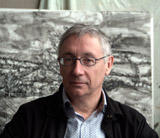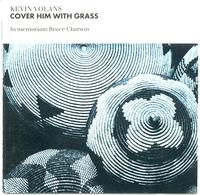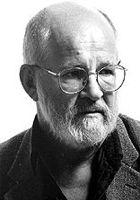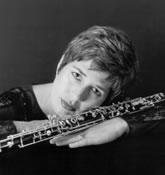Oops
Of course I meant exchanging talent for fame.
Reflections about whatever
We often see lists of "The Best 100 Pieces of the 20th Century" etc etc and etc. We never agree with them; see all the responses from people saying "Gee what about this piece by Ladoslav Villivich?" So I thought that I would list great pieces by composers of the 20th (and 21st, don't forget the 21st!) century.





I printed out an application form today to submit some music to the 2006 New Music Festival at Illinois State University, and among the items requested, they want you to send a recording of the piece. They won't accept a MIDI version, only a live version. Now, where on earth am I going to get a recording of the piece. I don't work at the university or in a college situation where I have easy access to an orchestra or band or "fill-in-your-group-here" ensemble. How do composers do this? Do you pay for people to perform your music?

He insists that "they are not minimalist. When I wrote them, I was frustrated both wit h the bland mechanism of repeat-pattern music and with serial technique. I wanted to move away from a conceptual approach to composition." Whatever he does, his use of interlocking and revolving rhythms still impresses.
h the bland mechanism of repeat-pattern music and with serial technique. I wanted to move away from a conceptual approach to composition." Whatever he does, his use of interlocking and revolving rhythms still impresses.
I haven't heard any of his latest works, although I went and saw his dramatic work "The Man with Footsoles of Wind", written between 1988-1993. It uses several of the same melodies from the string quartet, and the stage presentation was wonderful, using shadow puppets and dancers.
Tom DePlonty asked me today about Nicholas Maw - What kind of music does he write? Did the English Horn Concerto have anything redeeming about it at all? Well, You can read more about him here and here. The work is in an extended Romantic style, as he says:


I was off in Seattle last week to hear the premiere of my piece Arounds for the Baroque Northwest. I had to get up beforehand and make a little speech beforehand, but altogether it came off very nicely. I enjoy the sound of early instruments playing new music, it is like silk thread - very fine and smooth.